Rising Industrial Demand
The gas sensors market experiences a notable surge in demand driven by the industrial sector's increasing focus on safety and efficiency. Industries such as oil and gas, chemicals, and manufacturing are integrating advanced gas detection systems to mitigate risks associated with hazardous gases. This trend is underscored by the projected growth of the industrial sector, which is expected to reach $5 trillion by 2026. Consequently, the gas sensors market is likely to benefit from this industrial expansion, as companies prioritize the implementation of reliable gas detection technologies to ensure compliance with safety regulations and enhance operational efficiency. The integration of smart technologies in gas sensors further amplifies this demand, as industries seek to leverage data analytics for predictive maintenance and real-time monitoring. Thus, the rising industrial demand serves as a pivotal driver for the gas sensors market.
Growing Adoption in Smart Cities
The emergence of smart cities is significantly impacting the gas sensors market. As urban areas increasingly adopt smart technologies to enhance sustainability and safety, the demand for gas sensors is expected to rise. Smart cities utilize gas sensors for air quality monitoring, leak detection, and environmental management, contributing to improved public health and safety. The market for smart city technologies is projected to reach $2.5 trillion by 2025, indicating a substantial opportunity for gas sensor manufacturers. Furthermore, the integration of gas sensors with IoT platforms enables real-time data collection and analysis, facilitating informed decision-making for urban planners. This trend underscores the importance of gas sensors in creating safer and more sustainable urban environments. Consequently, the growing adoption of gas sensors in smart cities serves as a vital driver for the gas sensors market.
Increased Focus on Workplace Safety
Workplace safety remains a paramount concern across various sectors, significantly influencing the gas sensors market. Organizations are increasingly investing in gas detection systems to protect employees from potential exposure to toxic gases. The Occupational Safety and Health Administration (OSHA) mandates stringent safety regulations, compelling businesses to adopt advanced gas sensors to comply with these standards. As a result, the market is projected to grow at a CAGR of 7.5% through 2028, reflecting the heightened emphasis on safety protocols. Furthermore, the integration of IoT technology in gas sensors enhances their effectiveness, allowing for real-time monitoring and alerts. This trend not only ensures compliance with safety regulations but also fosters a culture of safety within organizations. Therefore, the increased focus on workplace safety is a significant driver for the gas sensors market.
Environmental Regulations and Standards
the gas sensors market is influenced by stringent environmental regulations and standards aimed at reducing air pollution and ensuring public safety. Regulatory bodies, such as the Environmental Protection Agency (EPA), enforce guidelines that require industries to monitor and control emissions of harmful gases. Compliance with these regulations necessitates the use of advanced gas detection systems, thereby driving market growth. The market is expected to expand at a CAGR of 6% through 2026, reflecting the increasing regulatory pressures on industries. Additionally, the rising public awareness regarding environmental issues further propels the demand for gas sensors, as organizations strive to demonstrate their commitment to sustainability. Therefore, environmental regulations and standards serve as a critical driver for the gas sensors market.
Technological Innovations in Sensor Design
Technological innovations play a crucial role in shaping the gas sensors market. The development of advanced sensor technologies, such as MEMS (Micro-Electro-Mechanical Systems) and nanotechnology, enhances the sensitivity and accuracy of gas detection systems. These innovations enable the detection of lower concentrations of gases, which is particularly beneficial in applications requiring high precision. The market is witnessing a shift towards miniaturized sensors that offer portability and ease of integration into existing systems. As a result, the gas sensors market is projected to grow substantially, with a projected value of $3 billion by 2027. Additionally, the incorporation of machine learning algorithms into gas sensors allows for improved data analysis and predictive capabilities. Thus, technological innovations in sensor design are a driving force behind the growth of the gas sensors market.

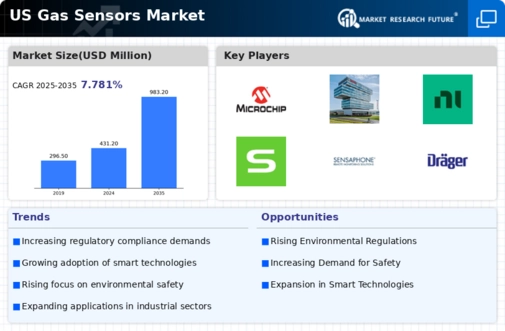
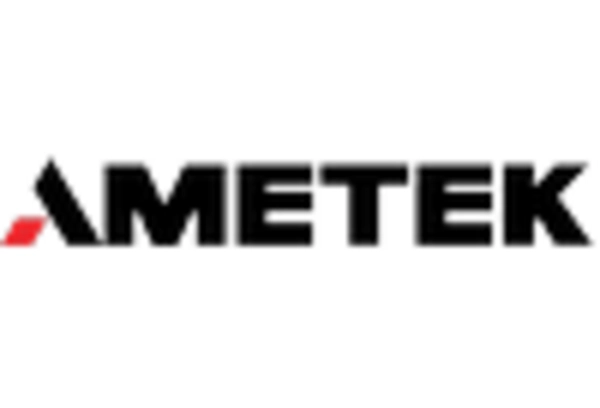
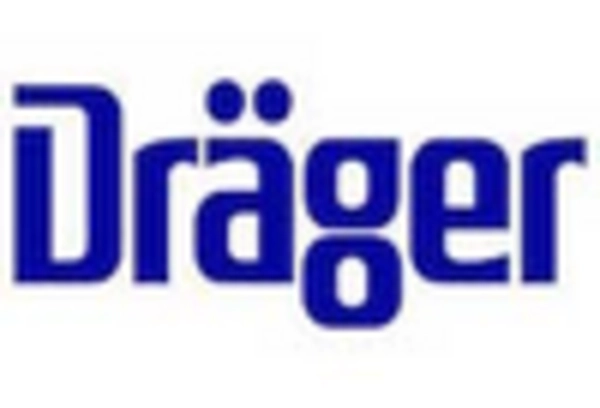
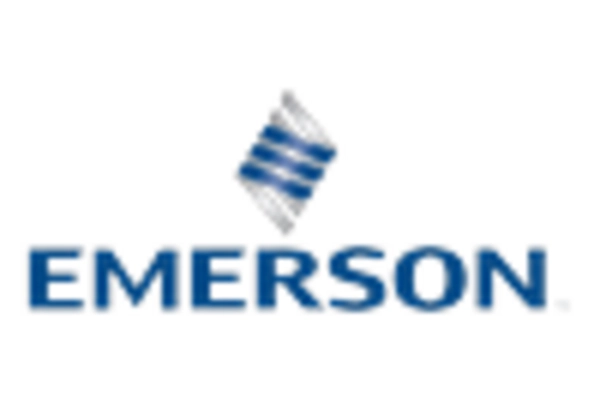
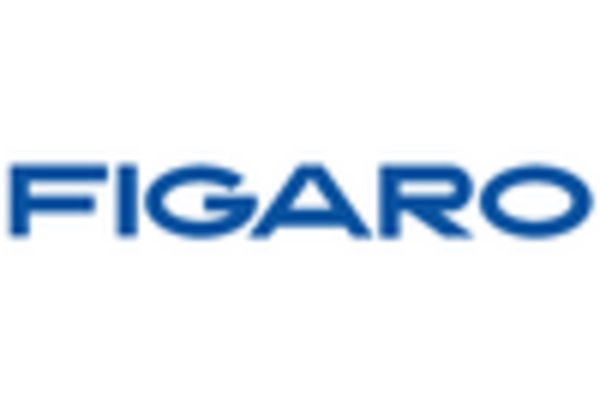

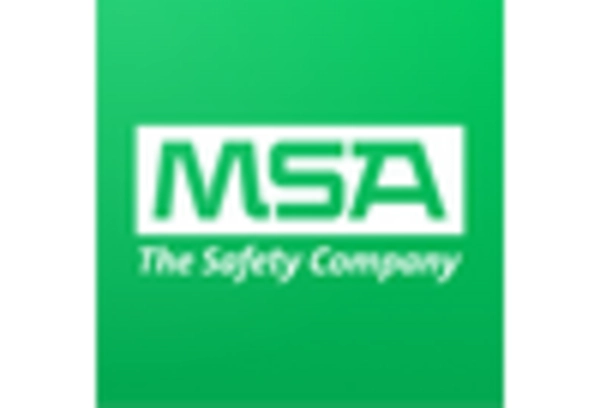








Leave a Comment